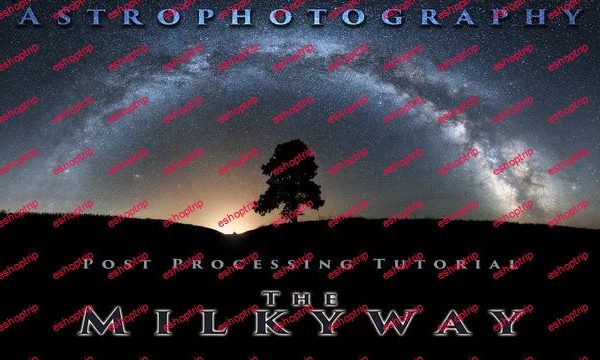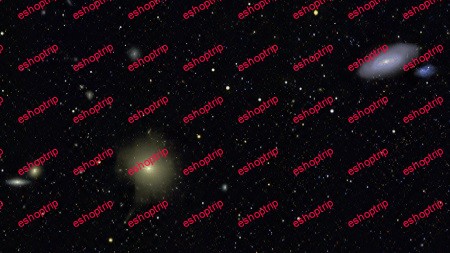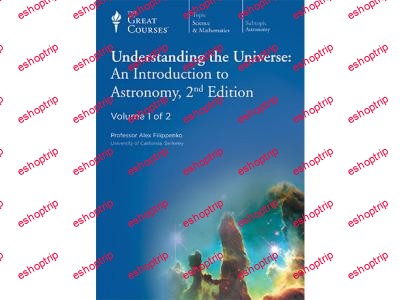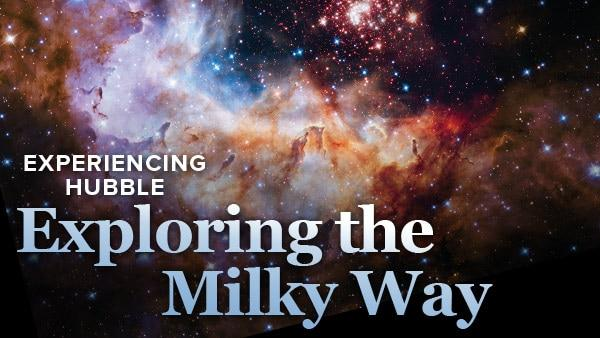Published 11/2023
MP4 | Video: h264, 1920×1080 | Audio: AAC, 44.1 KHz
Language: English | Size: 595.83 MB | Duration: 1h 14m
Unlocking the Mysteries of the Universe with Data Science
What you’ll learn
Learn about Celestial Objects
Analysing stars, galaxies and quasars dataset
Learn Machine Learning Techniques
Resume worthy space related complete project
Requirements
Python Programming Basic Knowledge is Required
Description
Welcome to “Project – Predicting Stars, Galaxies, and Quasars with ML”, a specialized course where the realms of astronomy and machine learning intersect to create a unique and compelling learning experience.About This Course: Are you fascinated by the universe and the treasures it holds? Do you have a passion for data science and its limitless possibilities? This course is designed to bring these two worlds together by teaching you how to apply machine learning techniques to classify cosmic bodies such as stars, galaxies, and quasars.What You’ll Learn:Foundational Astronomy: Get to grips with the astronomical basics necessary for understanding the data you’ll be working with, including the characteristics of different celestial objects.Data Handling Skills: Learn how to preprocess, clean, and manipulate large datasets typical of astronomical data collection efforts.Machine Learning Techniques: Dive deep into machine learning algorithms, understanding how they can be trained to categorize vast and complex cosmic datasets.Model Evaluation: Master the techniques for validating the performance of your machine learning models, ensuring accurate and reliable classification results.Real-world Application: Apply your skills to a project that mirrors real-world tasks faced by astrophysicists and data scientists in the field.Who This Course Is For: This course is ideal for data scientists, machine learning enthusiasts, and anyone with a curiosity about astronomy and how modern technology can be used to decipher it. Whether you’re looking to apply machine learning to a new domain or you’re an amateur astronomer eager to explore how data science can further your observations, this course will provide the knowledge and hands-on experience you’re looking for.By the End of This Course: You will have completed a project that not only demonstrates your ability to handle complex datasets but also your capability to extract meaningful insights from the noise of the cosmos. You will have the confidence to tackle similar challenges, the skills to further your study, and the foundational knowledge to pursue more advanced work in either field.Prepare to embark on a journey of discovery that will take you from the classroom to the cosmos, as you learn to harness the power of machine learning to unlock secrets of the universe that have puzzled humanity for centuries.Enroll now and start your adventure into the cosmos with the power of machine learning!
Overview
Section 1: Introduction
Lecture 1 Introduction and Problem Statement
Lecture 2 Stars, Galaxies and Quasars
Lecture 3 Peeking into Dataset
Lecture 4 Importing Necessary Libraries and Modules
Section 2: Data Analysis
Lecture 5 Exploring the Dataset
Lecture 6 Performing Label Encoding on Class Column
Lecture 7 Splitting the Dataset into Training and Testing (Data Leakage)
Lecture 8 Using Seaborn for some Visual Analysis
Section 3: Machine Learning
Lecture 9 Understand and Build Decision Tree Classifier
Lecture 10 Understand and Build Logistic Regression for Classification
Lecture 11 Gist on KNN and Building it (Link for Exoplanets Udemy)
Lecture 12 Train the ML models and make them predict on Test Data
Lecture 13 Understand the Classification Report and Evaluate the ML Models
Lecture 14 Conclusion
Whoever interested in Astronomy and Astrophysics
Homepage
https://anonymz.com/?https://www.udemy.com/course/project-predicting-stars-galaxies-and-quasars-with-ml/











Reviews
There are no reviews yet.